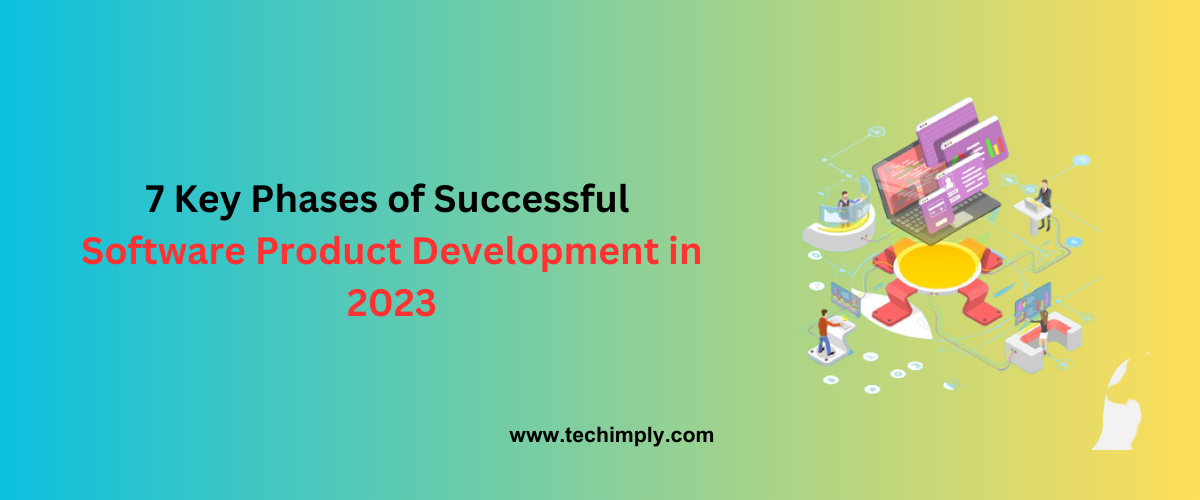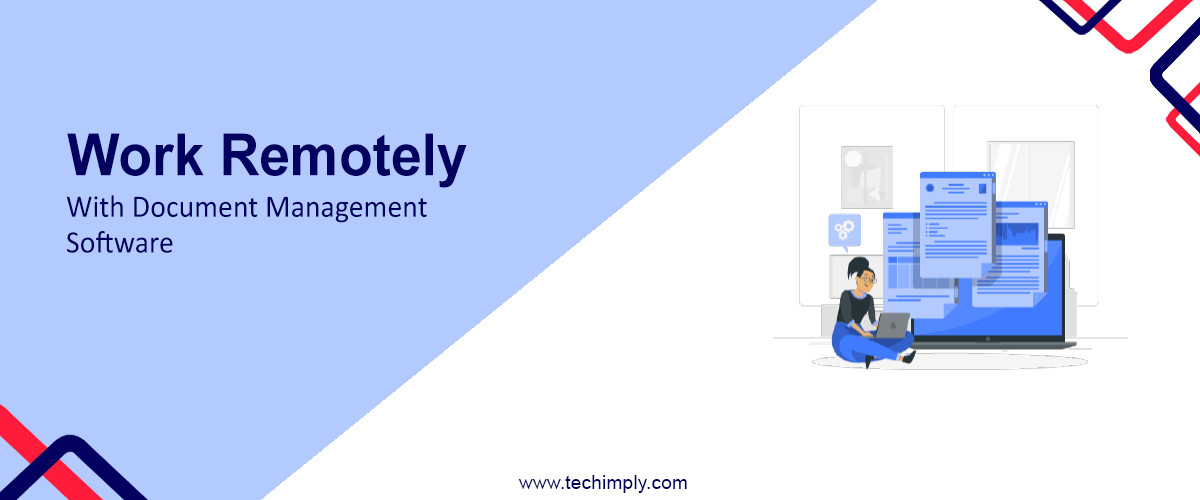The digital era has seen a paradigm shift in the business landscape. Today, more than ever, companies are launching software products to meet growing demands and stay competitive in their respective markets.
However, the software product development process isn't as straightforward as it seems. To ensure success, there are critical phases that teams must meticulously follow. Here are the seven key phases of successful software product development in 2023.
-
Ideation and Market Research
The first phase of software product development begins with brainstorming ideas, identifying market opportunities, and conducting thorough market research. As a pivotal step, the objective is to understand what consumers need and how to meet those needs.
Amazon, a leading e-commerce platform, consistently excels in ideation and market research. The company's Kindle e-reader was the result of extensive market research that identified a growing demand for digital reading platforms. They understood that readers wanted a device with long battery life, easy portability, and a vast library, and their product successfully delivered those needs.
-
Feasibility Analysis and Planning
Once a viable idea is identified, a feasibility analysis must be carried out. This phase involves determining whether the idea can be developed into a successful software product development within the projected budget and timeframe. An essential part of this process is to identify potential risks and constraints that may impede development.
For instance, when Microsoft developed Windows 7, the company conducted an extensive feasibility analysis to ensure the product would meet market needs while also considering internal constraints and the competitive landscape.
-
Designing the Product
Designing the product involves creating a detailed layout of the software's user interface (UI) and user experience (UX). A well-designed product not only ensures optimal usability but also promotes user engagement.
Google's suite of products, including Gmail, Google Docs, and Google Drive, offers exemplary UI/UX designs that ensure users can intuitively navigate and use these tools. This focus on design contributes to the products' high adoption rates.
-
Development and Coding
The development and coding phase involves translating the product design into a functional software product. The development process should follow best practices, such as using agile methodologies, to ensure the product is developed efficiently and effectively.
As an example, Spotify utilizes the agile development method known as Scrum. This approach allows the company to develop new features and resolve bugs swiftly, resulting in a continuously improving product that meets user demands.
-
Testing
After the development phase, rigorous testing is carried out to ensure the software is free from errors and performs as expected. Testing covers various aspects, such as functionality, usability, performance, and security.
Dropbox, a popular cloud storage platform, follows an extensive testing process. Before any new feature is released, it undergoes multiple rounds of testing to guarantee optimal performance and user experience.
-
Deployment
Once the product passes the testing phase, it's ready for deployment. This phase includes the distribution of the software to the end users and requires a comprehensive plan to manage any potential risks and challenges.
The rollout of Apple's iOS updates showcases a well-executed deployment process. Prior to full deployment, these updates undergo a beta testing phase where a select group of users can download and test the update. This process ensures that any major bugs or issues are identified and resolved before the update reaches the majority of users.
-
Maintenance and Upgrades
The final phase involves maintaining the software and providing regular upgrades to keep it relevant, competitive, and valuable to the user. Continuous maintenance helps in detecting and rectifying any problems that may arise after the product is released.
Adobe Systems has excelled in maintaining and upgrading its products, like Adobe Photoshop. Regular updates are released to address bugs and introduce new features, which maintains the software's position as a leading tool in the design industry.
Having covered the seven key phases of successful software development, it's important to answer a couple of critical questions related to this process.
What is the need for new product development?
The need for new product development is driven by several factors. These include the following:
- Market Demand: As technologies evolve, so do the needs and expectations of consumers. Developing new products is necessary to meet these changing demands. For example, the rise of remote work led to the creation of collaborative tools like Slack and Microsoft Teams.
- Technological Advances: The rapid pace of technological progress makes it crucial for companies to develop new products or risk falling behind. The advent of artificial intelligence and machine learning has led to new software products like ChatGPT-based applications.
- Competitive Advantage: Developing new, innovative products can provide a significant competitive advantage. For instance, Tesla's development of electric vehicles has placed them at the forefront of the automotive industry.
- Revenue Growth: New product development is a critical driver of business growth. By introducing new products, companies can tap into new markets, attract more customers, and increase revenue. Adobe's introduction of Creative Cloud subscriptions, which bundle multiple software products, is a prime example of this.
What are some of the New Product Development ideas?
In 2023, several emerging trends are shaping new product development ideas, such as:
- AI Products: As AI continues to advance, there's a growing demand for AI-powered software products. For instance, AI-powered customer service bots or AI-driven data analysis tools are gaining popularity.
- IoT Applications: With the proliferation of connected devices, there's a surge in demand for IoT applications. Software products that enable smart home automation or industrial IoT solutions present significant opportunities.
- Cybersecurity Tools: As digital threats evolve, the need for innovative cybersecurity tools rises. New software products focusing on securing cloud environments, IoT devices, or AI systems can fill a crucial market need.
- Healthcare Software Solutions: The COVID-19 pandemic highlighted the importance of digital healthcare solutions. Telemedicine platforms, electronic health record systems, and healthcare analytics tools are all areas with great potential for new product development.
Wrapping It Up
In conclusion, the software product development process agencies is a strategic journey that entails several critical phases. As businesses strive to keep pace with technological advancements and market trends, understanding these phases can equip them to deliver successful, market-leading software products.
From ideation and market research to maintenance and upgrades, each phase plays an integral role in ensuring the software product meets user needs and stays relevant in a competitive marketplace.


.png)
.jpg)


